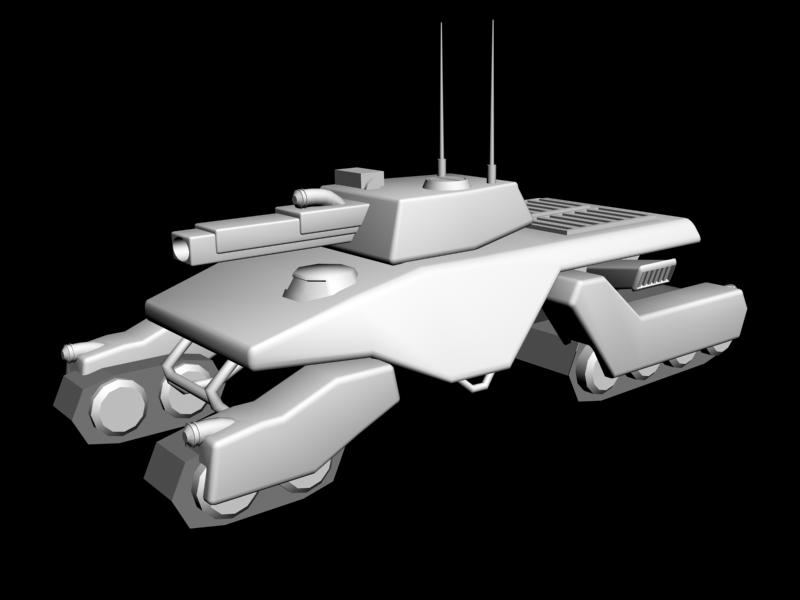
This coarse grass grows to a height of more than six feet, but its height varies greatly, depending on how recently it has been burned over or cut. Much of the drier land is covered with a thick growth of kunai grass or plantations of coconut palms. … Between the closely spaced trees, which are 25 to 100 feet high, is a tangle of roots, creepers and underbrush. This general outline of New Guinea’s topography was reinforced by the land around Buna itself, which included “he principal swamp in the Buna area lies between Entrance Creek and Simemi-Creek. … Health conditions matched the world’s worst.” 3 … Nature did not stop with adverse terrain, however. … In the jungle itself, trails were a sea of mud, with little relief from the swollen rivers and the razor-edged kunai grass that grows in treacherous bunches higher than a man’s head. The jagged mountains rear their tall peaks amid sudden plunging gorges, towering above the trackless jungle that covers nearly the entire surface of the sprawling island.

Few areas in the world present so formidable an obstacle to military operations. MacArthur noted, “In addition to all our other difficulties, there was New Guinea itself, as tough and tenacious an enemy as the Japanese. Photo: Landings of Allied forces to Western New Guinea, 1944. However, the terrain lent many advantages to the defender. Given their ability to interdict the supply and communication lanes to Australia, possession of these airfields were imperative. However, the Japanese were turning Buna into an airbase, and two airstrips already existed. Buna was the last place on the planet a commander, particularly one unaccustomed to a jungle environment, wanted to fight a battle. The military weaknesses of his force were compounded by the terrain of the Buna area, MacArthur’s second major concern. 2 Eichelberger noted the men were not hardened for jungle war and abounded in one trait: inexperience. LTG Robert Eichelberger, whom MacArthur tasked to evaluate his divisions, reiterated this point. MacArthur fretted that “… none of the three elements of my command – naval, air or ground – was adequate for the job.” 1 The men and commanders were unfit for combat in a jungle environment. MacArthur’s command consisted of 32nd and 41st Infantry Divisions: both recently activated National Guard divisions both devoid of most of their heavy weapons and abundant only in green, basic trainees. First, the men he commanded were not experienced, hardened soldiers. In spite of his eagerness to become involved in the war, the SWPA commander had two serious concerns. (He loathed exclusion from the headlines.) A Japanese force at Buna posed a perceived threat to Australia, but MacArthur’s intelligence section also presented inaccurate forecasts of Japanese strength. MacArthur’s decision to fight at Buna in November 1942 was the product of the then-recent American landings on the Pacific island of Guadalcanal and in North Africa. Its many successes and failures, both at the strategic and tactical levels, reside with him.

The campaign was the creation of the SWPA commander, GEN Douglas MacArthur. The campaign in New Guinea lasted about two years, commencing in Winter 1942 with the Battle of Buna and ending with the Battle of Biak in Summer 1944.

The jungle island of New Guinea, home to some of World War II’s most ferocious battles, would attest to armor’s value under even the most adverse circumstances. Their decisiveness would be proven not only in the battles in which they were employed, but also in those in which they were not. Army called the Southwest Pacific area, American armor, employed in small numbers – often as few as four and never more than eight – turned the tide of several key battles.

In another theater of the war and in far different terrain, the tank also developed into a decisive weapon. All were ideal for vast maneuvers, flanking movements and large-scale armor-vs.-armor engagements. Images of German panzers dashing across Poland and France of Rommel’s tanks dominating the vast, open spaces of the North African desert and of American tanks tearing across Western Europe tend to be what one sees when visualizing armor in World War II.Ī common factor in the aforementioned theaters of war was terrain. The tank has achieved a well-deserved aura of decisiveness and versatility in the annals of World War II history.


 0 kommentar(er)
0 kommentar(er)
